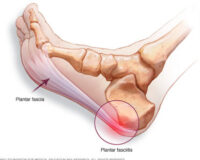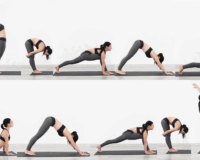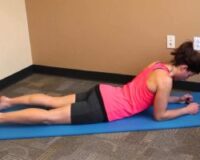
Carpal Tunnel Syndrome (CTS): A Brief Summary & The Role Of Physiotherapy
What is CTS?
CTS is an entrapment neuropathy caused by the compression of the median nerve through the carpal tunnel on the palmar side of the wrist. It is the most common neuropathy accounting for around 80-90% of all neuropathies.
It is believed to be due to the swelling of the wrist flexor tendons (i.e. tenosynovitis) compressing on the nearby nerve.
So, who is at increased risk of having CTS?
- Females 3x more likely than males (Almost 30% of pregnant women experience CTS).
- Repetitive wrist and hand movements → such as manual labour workers
- Desk workers → repetitive use of keyboard/mouse + posture
What do individuals usually report with CTS?
- Pain around the wrist region or towards the elbow that may gradually increase over time
- Tingling/numbness in the thumb, second, third and fourth digit.
- Weakness in grip strength (i.e. difficulty holding shopping bags)
What can make it worse?
- Constant/repetitive hand/wrist movements (with inadequate rest breaks in-between)
- Poor ergonomic desk setup (i.e. elbow and wrist too bent or upright)
- Use of hand-tools (especially those that vibrate)

Common Physiotherapy Treatments
- Mobilisation of the wrist or hand joints for mobility
- Discussion & assessment of ergonomic set-up at work/home (minimise pressure through the wrist joint)
- Dry needling/acupunture
- Nerve stretching/flexibility for ‘tingling’ symptoms (i.e. Neural mobilisation techniques)
- Address contributing factors (e.g. the elbow, shoulder and neck)
- Active Rehab for long term resolution: such as Pilates and upper limb strengthening
Key Messages
- The cause of CTS can be multifactorial, and therefore there is no ‘one size fits all’ approach
- Desk/manual workers are more prone to this condition due to repetitive wrist movement/loading
- Inadequate rest breaks from work or a poor ergonomic set up can aggravate this condition
- Conservative physiotherapy treatment can help to reduce symptoms and address the root cause of the problem
- Surgical management may be required to reduce nerve compression (in severe cases)
Disclaimer
None of the information in this article is a replacement for proper medical advice. Always see a medical professional for advice on your injury.
To know more about CTS and to get an assessment, book to see one of our Practitioners (Physiotherapist, Massage Therapist) through our website www.therapia.com.au or via https://therapia-physiotherapy-pilates.cliniko.com/bookings




